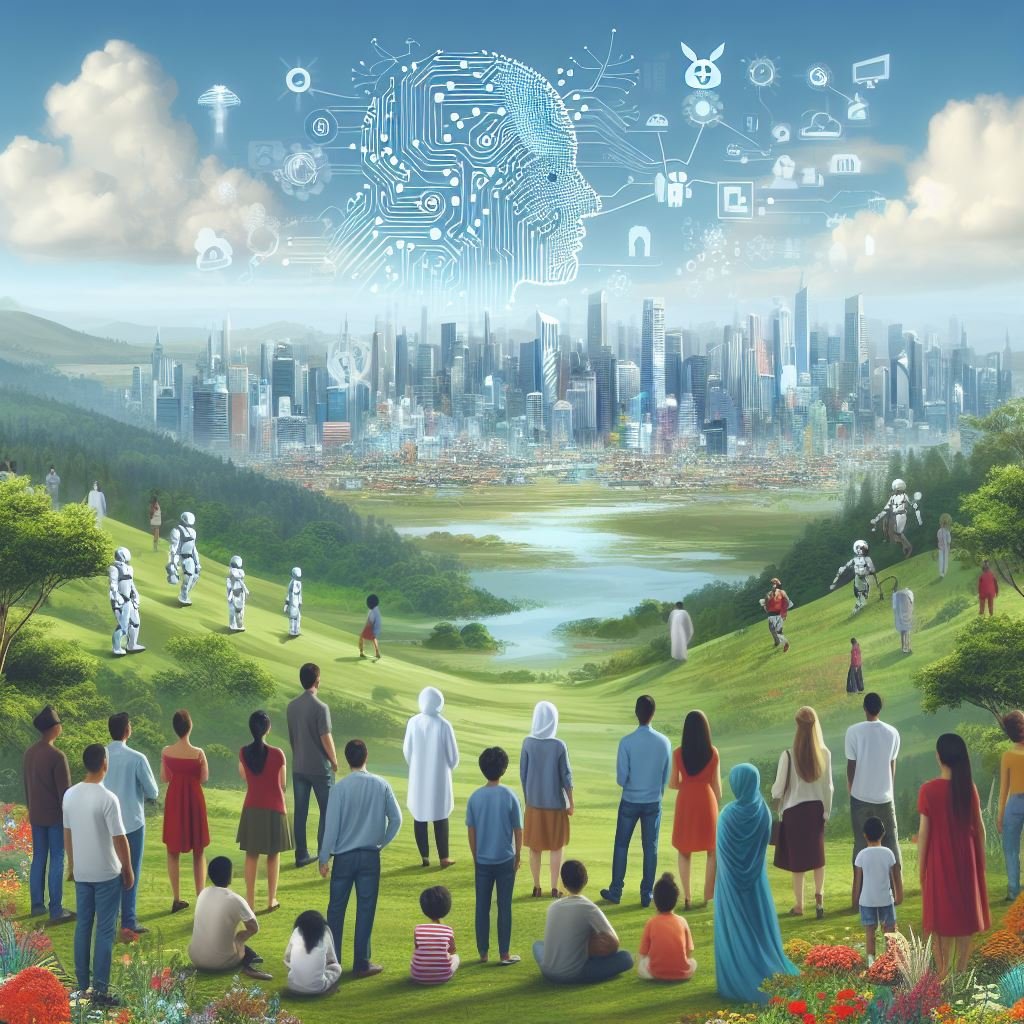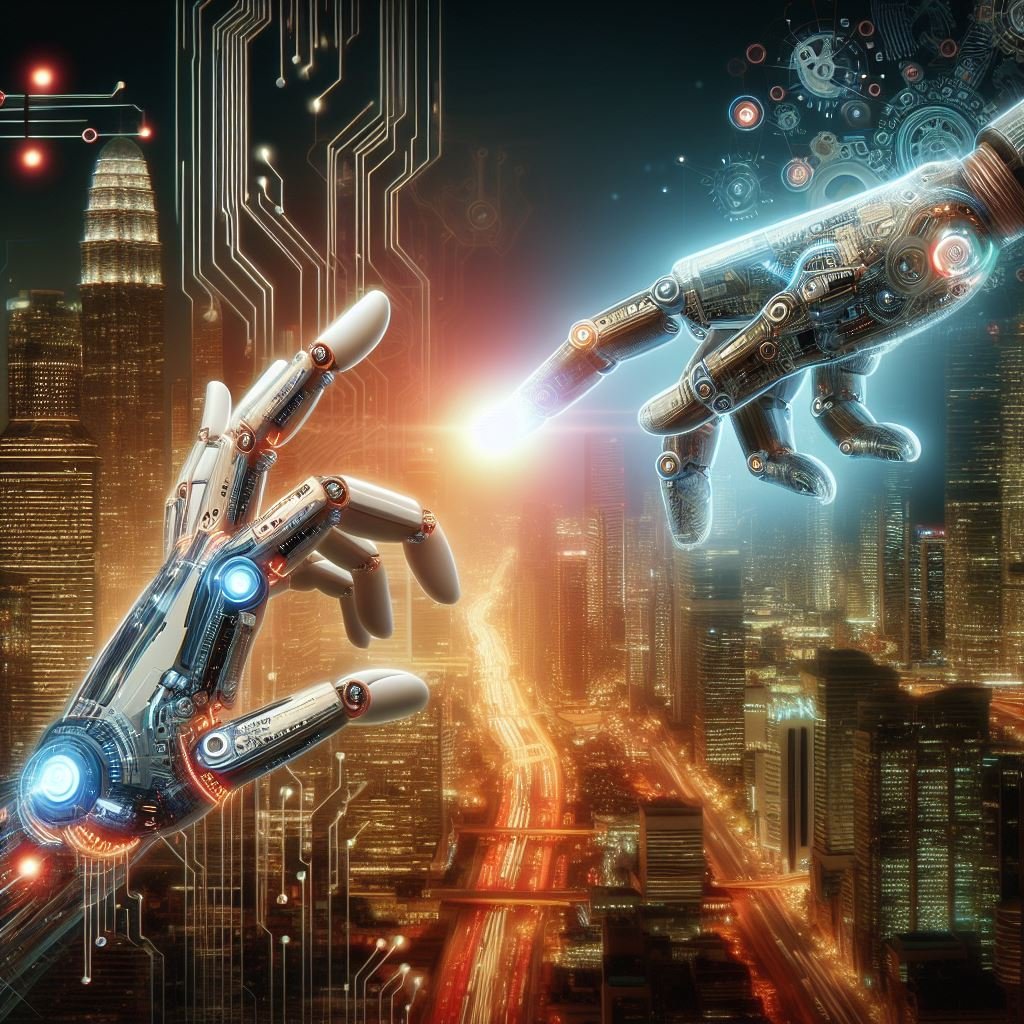Introduction
Artificial intelligence (AI) is a dynamic field that encompasses a variety of approaches, each contributing to the evolution of intelligent systems. In this exploration, we will delve into the different approaches to AI, examining their unique characteristics and applications.
Symbolic or Rule-Based AI
One of the foundational approaches to AI is symbolic or rule-based AI. This method relies on predefined rules and symbols to represent knowledge and make decisions. Expert systems, a prominent example, employ a knowledge base and inference engine to mimic human decision-making.
Machine Learning: The Power of Data
Machine learning is a transformative approach where systems learn patterns from data without explicit programming. Supervised learning, unsupervised learning, and reinforcement learning are key paradigms within this approach. Discover how algorithms evolve with experience, adapting to dynamic environments.
Neural Networks and Deep Learning
Neural networks, inspired by the human brain, are central to deep learning. This approach involves layered artificial neural networks capable of learning and making decisions. Unearth the intricacies of deep learning algorithms and their applications in image recognition, natural language processing, and more.
Evolutionary Computation
Nature-inspired algorithms form the foundation of evolutionary computation. Genetic algorithms, genetic programming, and swarm intelligence are employed to evolve solutions to complex problems. Learn how mimicking the principles of natural selection enhances problem-solving in AI systems.
Expert Systems: Harnessing Expertise
Expert systems integrate human knowledge into AI applications, providing solutions to specific problems. These systems excel in decision-making by emulating the decision processes of a human expert. Explore how expert systems are used in various industries for problem-solving and decision support.
Fuzzy Logic: Dealing with Uncertainty
Fuzzy logic addresses uncertainty and imprecision in decision-making. This approach allows for the representation of vague and ambiguous information, making it particularly useful in real-world scenarios where precise data may be lacking. Examine applications in control systems and decision support.
Robotics and AI Integration
The synergy between robotics and AI has led to advancements in autonomous systems and intelligent machines. Explore how AI-driven robots are reshaping industries, from manufacturing to healthcare, by enhancing efficiency, precision, and adaptability.
Cognitive Computing: Emulating Human Thinking
Cognitive computing seeks to emulate human thought processes, enabling machines to understand, learn, and interact naturally. Discover how natural language processing and machine learning converge to create systems capable of reasoning and problem-solving in a human-like manner.
AI Uses: A Comprehensive Overview
| Application | Description |
|---|---|
| Healthcare Diagnosis | AI aids in medical diagnosis, analyzing patient data and providing insights for treatment. |
| Financial Fraud Detection | Advanced algorithms detect patterns indicative of fraudulent activities in financial transactions. |
| Autonomous Vehicles | AI powers self-driving cars, enhancing navigation and decision-making capabilities. |
| Virtual Personal Assistants | Natural language processing enables AI-driven assistants to understand and respond to user queries. |
| Image and Speech Recognition | AI is employed in recognizing and understanding images and speech, revolutionizing user interactions. |
| Predictive Maintenance | AI predicts equipment failures, allowing for proactive maintenance and minimizing downtime. |
| Environmental Monitoring | AI systems analyze environmental data to monitor and address issues like pollution and climate change. |
| Customer Service Chatbots | Chatbots powered by AI provide instant responses and assistance in customer service interactions. |
| Education Technology | AI enhances personalized learning experiences through adaptive learning platforms and educational tools. |
| Cybersecurity | AI detects and prevents security threats, continuously adapting to evolving cyber risks. |
Conclusion
In conclusion, different approaches to AI showcase the versatility of artificial intelligence, influencing various industries and domains. The table illustrates the wide array of applications, emphasizing the profound impact AI has on our daily lives and future technological advancements.




